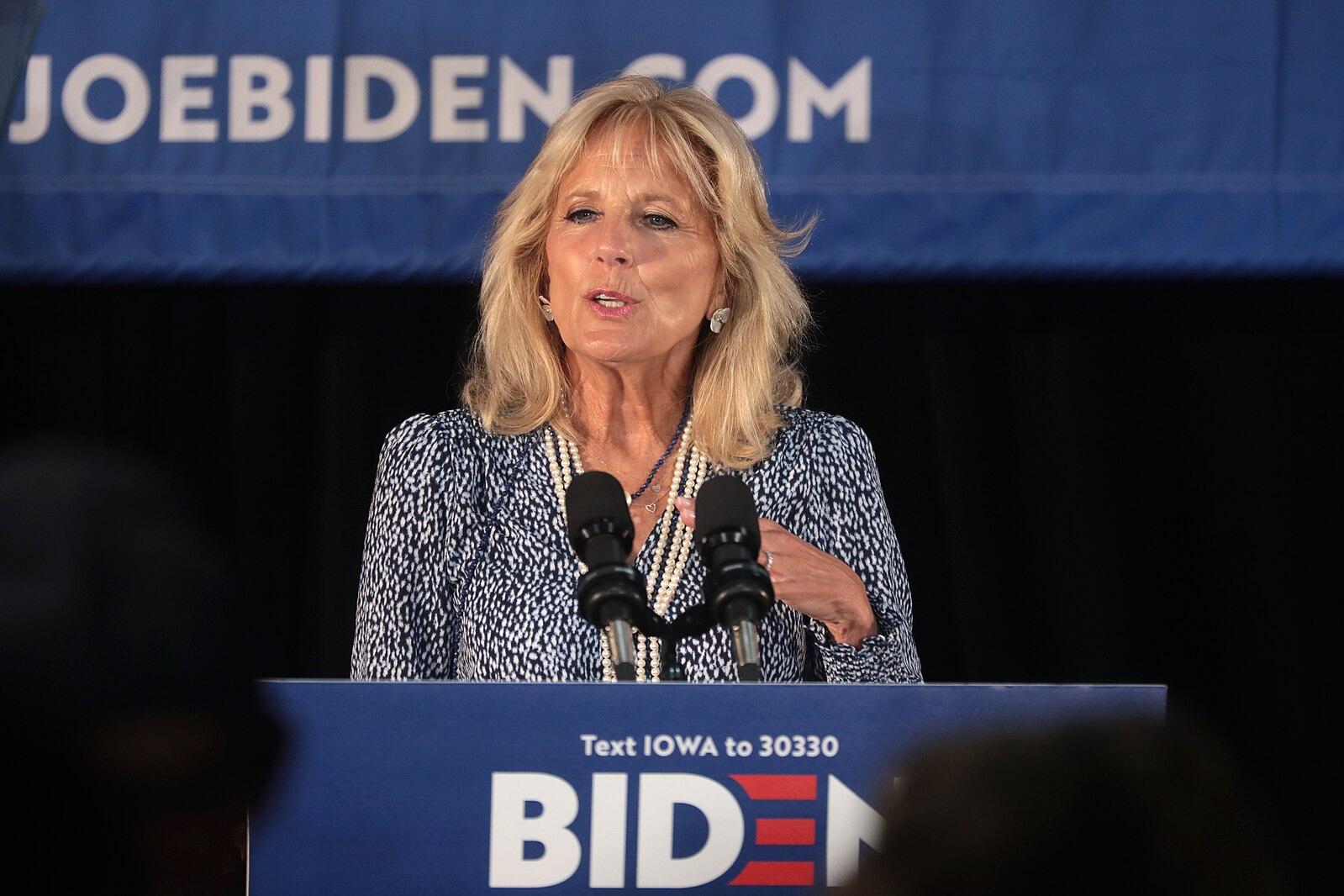This month, a study conducted by the Joint Legislative Audit and Review Commission (JLARC) found that the Commonwealth of Virginia may want to diversify its investments in economic development around the state. Between Fiscal Year (FY) 2010 and FY 2017, the General Assembly gave out more than $1.8 billion in economic development incentives, about 60 percent through sales tax exemptions and income tax credits. The 78-page report concluded that grants have substantially larger economic benefits than tax incentives.
With grants, Virginia receives 55 cents back for every $1 dollar it spends. According to the report, every $1 million in state spending equates to 94 jobs created, $8.5 million in personal wealth, and approximately $14.6 million in state domestic product.
However, the return on investment is much lower with sales tax and income tax credits – about five and three cents in return for every dollar spent, respectively, JLARC finds. Averaged together, the Commonwealth brings in 19 cents on the dollar when it comes to economic development spending.
Although Virginia has been expanding its data center concentration over the past few years, considering 70 percent of global internet traffic runs through Northern Virginia, these investments are among the most expensive. While data centers do not create near the amount of jobs as manufacturing, they do pay very well. Areas like Henrico, Loudoun, and Mecklenburg counties have seen upticks in data centers popping up.
For example, Facebook invested $750 million in a Henrico County-based data center, with nearly $1 billion more to come with an additional phase of construction and a solar energy source for the campus. Henrico used localized tax policy that created a separate personal property tax exemption with a lowered rate, which Virginia will now use to provide data centers statewide with a similar incentive for depreciating the equipment they replace at regular intervals, the Richmond Times-Dispatch reports.
For other high-dollar deals, grants like the “post-performance payments” pledged to Amazon in the $2.5 billion, one-half of “HQ2” deal for Crystal City lead to high-paying jobs, which cause a higher return on investment for the Commonwealth.
Although some criticism surrounded the Amazon deal for its received economic incentives, the deal also came with jobs in return, and the fact that they company will probably set up shop for the long haul. However, as Virginians saw the entrance of a large company, they also witnessed the exit of another – Norfolk Southern.
Two years after the railroad company was given a $2 million incentive to remain in their Hampton Roads headquarters by moving its offices from Roanoke further east, the company moved to Atlanta, Georgia. The situation has drawn ire against state officials who lauded the deal year ago.
Regardless, the study also finds that the percentages of return on investment also differ by program and industry. It depends if a company is looking to relocate or expand operations in Virginia based on incentives offered. For grants, JLARC assumes that only 10 percent do, with a different measuring apparatus needed to show the importance of tax incentives to new business locations.
For any major changes to economic development incentives in the 2019 General Assembly session to be discussed, while the state government must continue to be pro-growth and pro-business, legislators may remain cautious as to what could fair Virginia taxpayers better without losing companies or bids to relocate in the Commonwealth.






